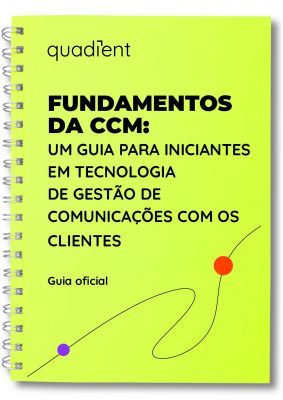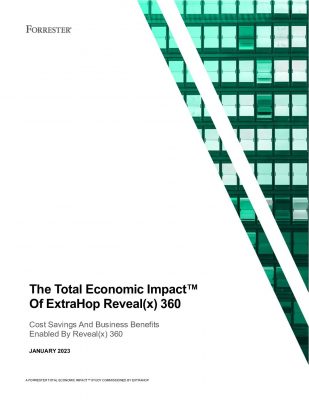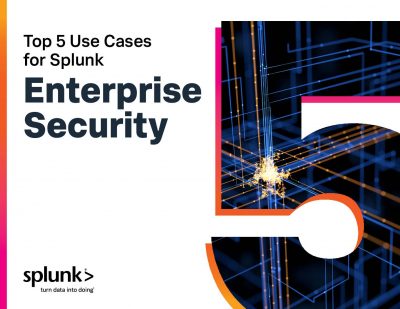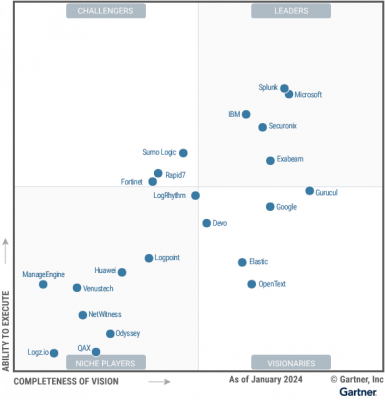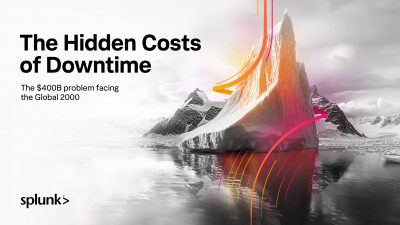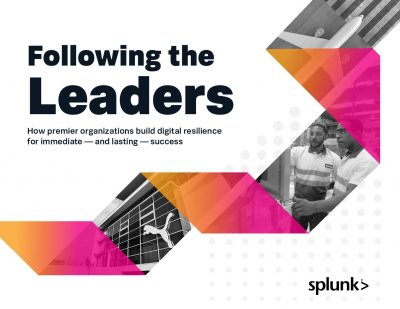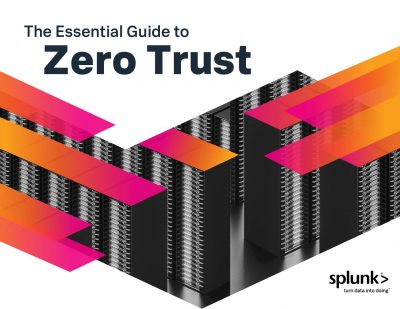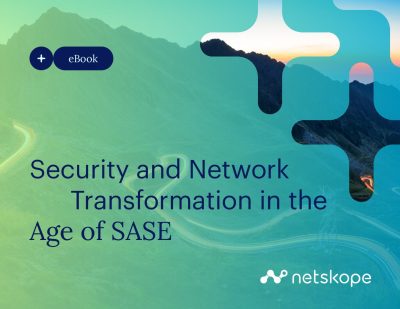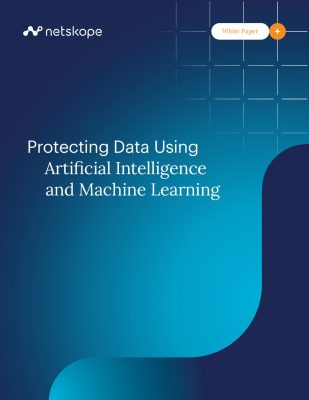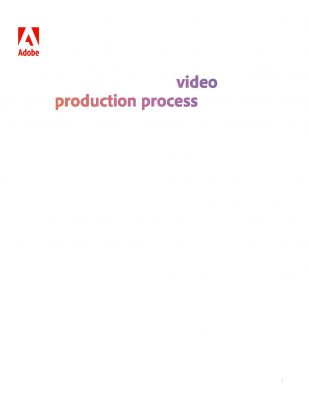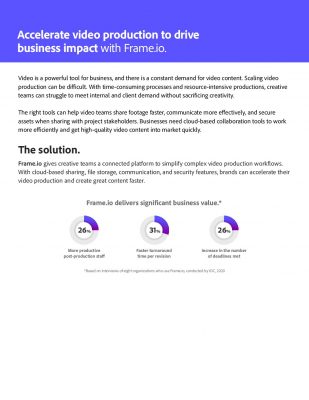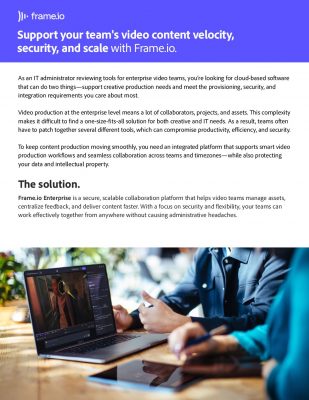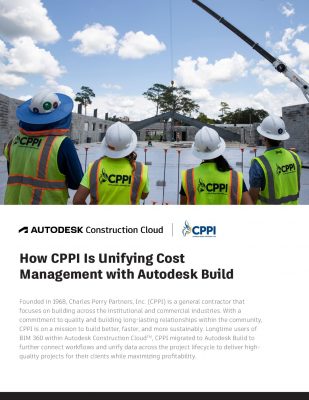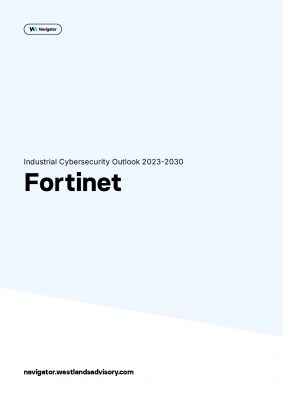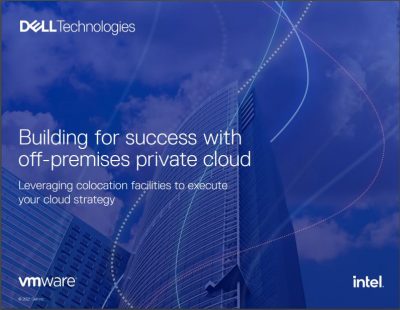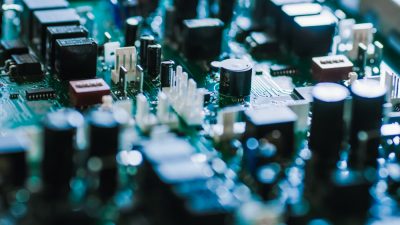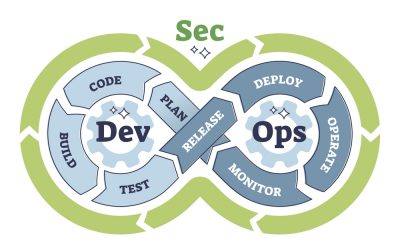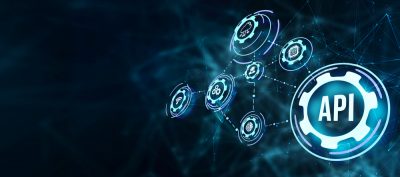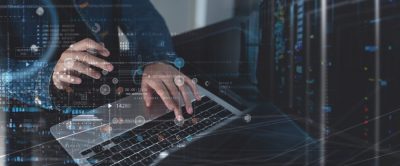Highlights:
- Mainframe modernization doesn’t always require drastic changes. Sometimes, minor hardware upgrades and current software installations suffice. However, some companies may need to develop new applications.
- Automating routine tasks such as scheduling, maintenance, and data entry enables employees to redirect their time and effort toward more value-added activities.
Modernization approach ranges from completely overhauling a system’s functionality and codebase to targeting specific areas for innovation. Mainframe modernization for capital returns involves migrating legacy systems to a more advanced technological ecosystem. Key areas of focus include updating code, enhancing interfaces, reducing costs, and improving performance.
Culture Change Lies at the Heart of Mainframe Modernization
The hybrid cloud, combined with modern mainframes, can be consistently managed at both the infrastructure and platform levels using common, open tools. This support integrates seamlessly into your enterprise’s overall DevOps or DevSecOps processes. Embracing agile methodologies is a crucial cultural shift that underpins successful mainframe modernization and hybrid cloud environments.
Preparing for mainframe modernization requires careful planning and strategic foresight to ensure a smooth transition into the future of your enterprise IT landscape.
How can Businesses Prepare for Mainframe Modernization Project?
Before starting, it’s crucial to consider the big picture since a modernized mainframe should be the centerpiece of a well-connected internal ecosystem. Your organization must understand resource allocation to create a seamless network that integrates systems across the company.
Mainframe modernization doesn’t always require drastic changes. Sometimes, minor hardware upgrades and current software installations suffice. However, some companies may need to develop new applications. Often, organizations begin modernization by analyzing current strengths and building upon them. The process serves as an opportunity to augment existing capabilities and introduce newer ones.
In navigating the complex terrain of mainframe modernization, a tailored and strategic approach is paramount to modernize legacy systems.
Business Approach to Mainframe Modernization
Modernizing mainframe systems involves various strategic approaches tailored to each organization’s unique requirements. These approaches offer flexible pathways to optimize and align legacy systems with current technological and operational demands.
-
Replatforming
This approach migrates applications to modern hardware and operating systems while preserving existing code and functionality, allowing organizations to use modern application-intensive environments while maintaining core business logic.
-
Refactoring
Refactoring restructures code for better efficiency and maintainability without changing its external behavior, enhancing performance and reducing technical debt, which simplifies adapting to business needs. This segment oversees modern mainframe development.
-
Rehosting
Rehosting involves moving applications to new environments with minimal code changes, often using emulation or virtualization to ensure compatibility with modern IT infrastructure, allowing for a smooth transition without disrupting operations.
-
Rearchitecting
This involves redesigning applications to harness modern software architectures such as APIs, containers, and microservices. This approach promotes modularity, scalability, and adaptability, enabling organizations to respond to changing demands more effectively.
-
Replacing
Replacing gradually substitutes legacy applications with off-the-shelf or custom-built solutions, ideal for applications no longer aligned with the organization’s goals or can be replaced with more efficient alternatives.
-
Retiring
Legacy mainframe modernization for business upgrade involves spotting and decommissioning obsolete or redundant applications. This allows organizations to simplify systems by removing unnecessary components and reducing maintenance overhead.
Seizing the entrepreneurial advantages of mainframe modernization presents a gateway to unlocking unprecedented opportunities and driving transformative growth.
Organizational Benefits of Mainframe Modernization
Unlocking a new era of efficiency, agility, and innovation, mainframe modernization holds the key to transforming businesses and empowering them to thrive in the digital age with noteworthy merits.
-
Accelerated innovation
Modernizing legacy mainframes enables enterprises to stay competitive with new technologies, ensuring they don’t fall behind their competitors. Additionally, newer technologies are more easily updated, making future upgrades simpler and more cost-effective.
-
Reduced costs
Capacity planning in IT infrastructure internally represents a significant cost for many enterprises. Additionally, older technology is more cumbersome and less compatible with new applications, making it less cost-effective in the long run compared to investing in mainframe modernization strategy for budgetary management.
-
Enhanced productivity and automation
Updating IT systems allows businesses to leverage the numerous automation capabilities introduced in recent years. Automating routine tasks such as scheduling, maintenance, and data entry enables employees to redirect their time and effort toward more value-added activities.
-
Deeper data insights
Data stored within legacy mainframe systems, including information on customers, workflows, and maintenance issues, often remains untapped for years. Mainframe modernization solutions, incorporating emerging technologies like AI and ML, can unlock valuable insights from your company’s historical data, revealing critical strategic opportunities.
-
Technically sound workforce
Modernizing mainframes for fiscal expansion offers a chance to enhance employees’ skills and capabilities, boosting their competitiveness and contribution to critical operations. If your applications were coded over a decade ago, chances are your coders could benefit from an update as much as their code. Investing in a modernized mainframe benefits your organization’s digital assets and tech personnel.
Wrapping up
Maximizing revenue with advanced mainframe modernization requires a strategic, phased approach to prevent overwhelming project sizes.
Before selecting an approach, evaluate your organization’s current needs and determine the necessary tools to fulfill them. Assess new technologies on their merits rather than assuming newer is always better. The modernization process should be customized to fit your business, ensuring technology serves your needs, not the other way around.
Explore our curated collection of whitepapers on Security, designed to enhance your expertise with in-depth analysis and comprehensive insights.
